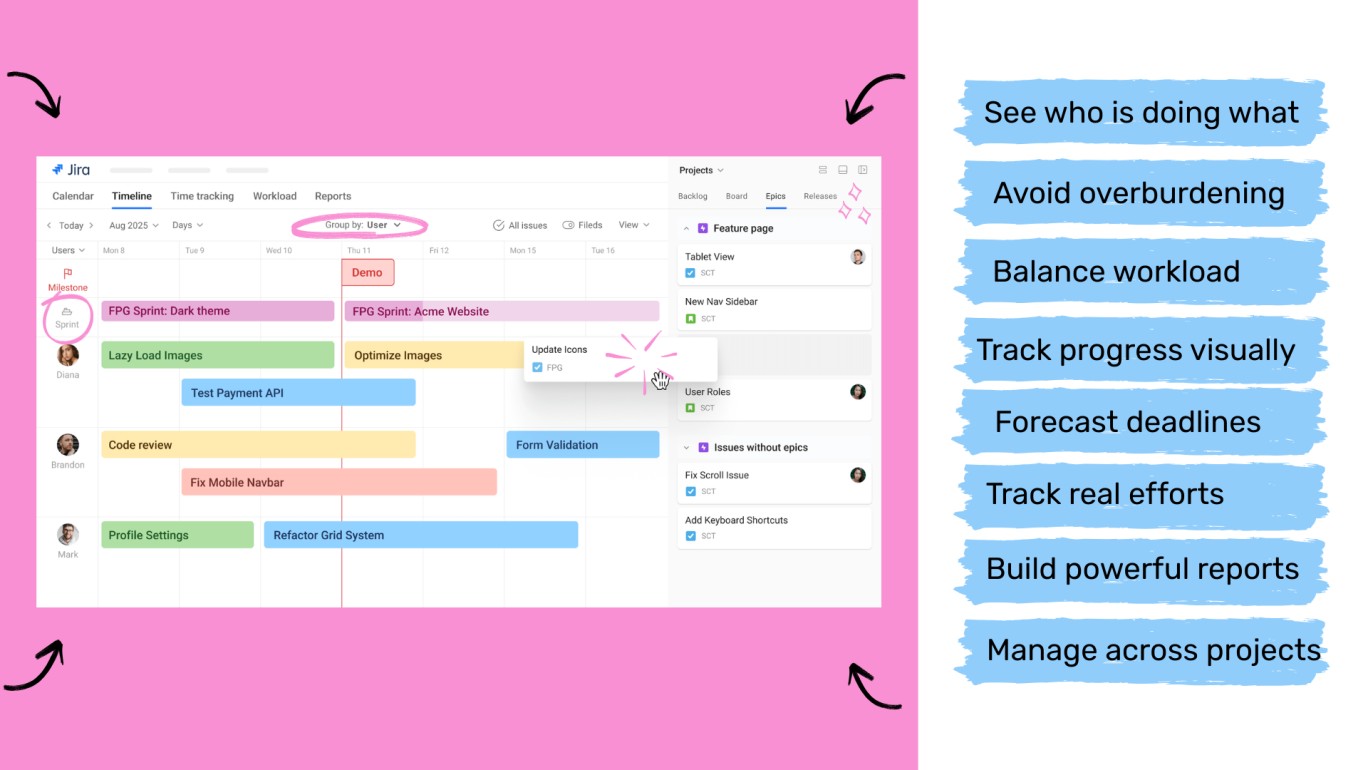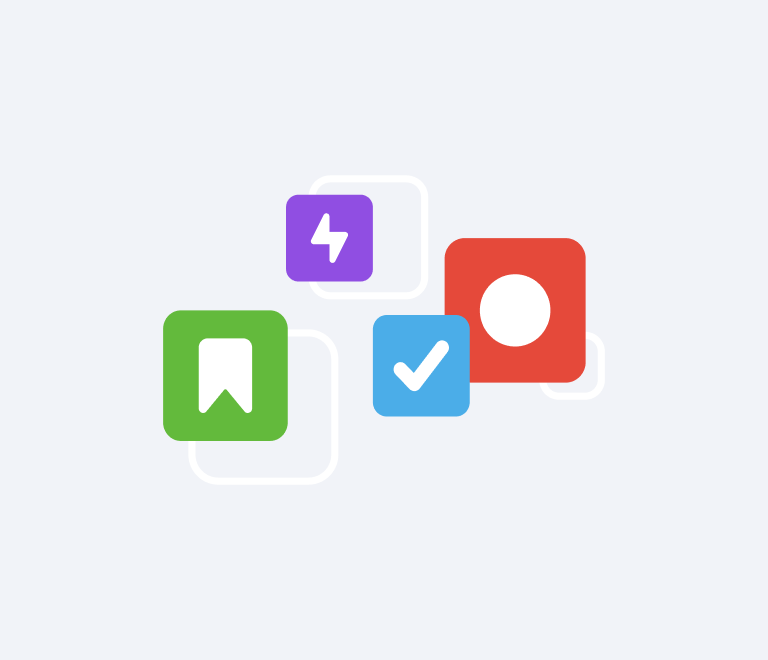Easy Guide to Jira Board: How to Use and Customize Boards for Maximum Efficiency
Jira Ticketing System: A Step-by-Step Guide for Efficient Project Management
Planning work, tracking project progress, and ensuring smooth communication between team mates are crucial aspects of successful project management. Jira, an enormously popular tool developed by Atlassian, finds an efficient way to manage it all through a powerful ticketing system. In this article, we'll explore such fundamentals as what Jira is, how it can be used as a ticketing system, and why it’s a valuable investment for businesses.
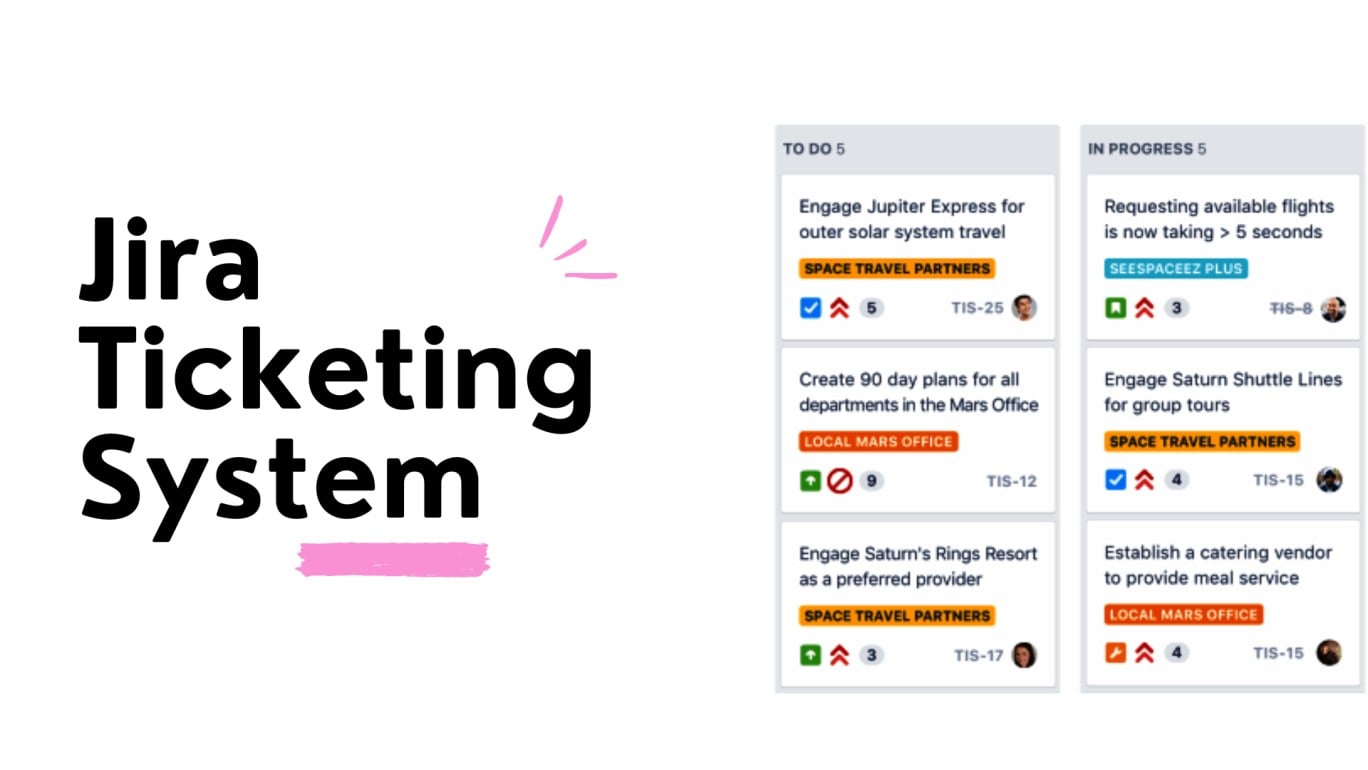
How to use Jira as a ticketing system
If you are looking for a way to build up your ticketing system, Jira Service Management is the best Jira product to make it work.
Why Jira Service Management?
Jira Service Management is specifically designed for IT service management (ITSM) and customer support teams with all its robust features for creating and managing a ticketing system. It allows you to efficiently handle requests, incidents, changes, and problems all with a user-friendly intuitive interface for both service team and customers.
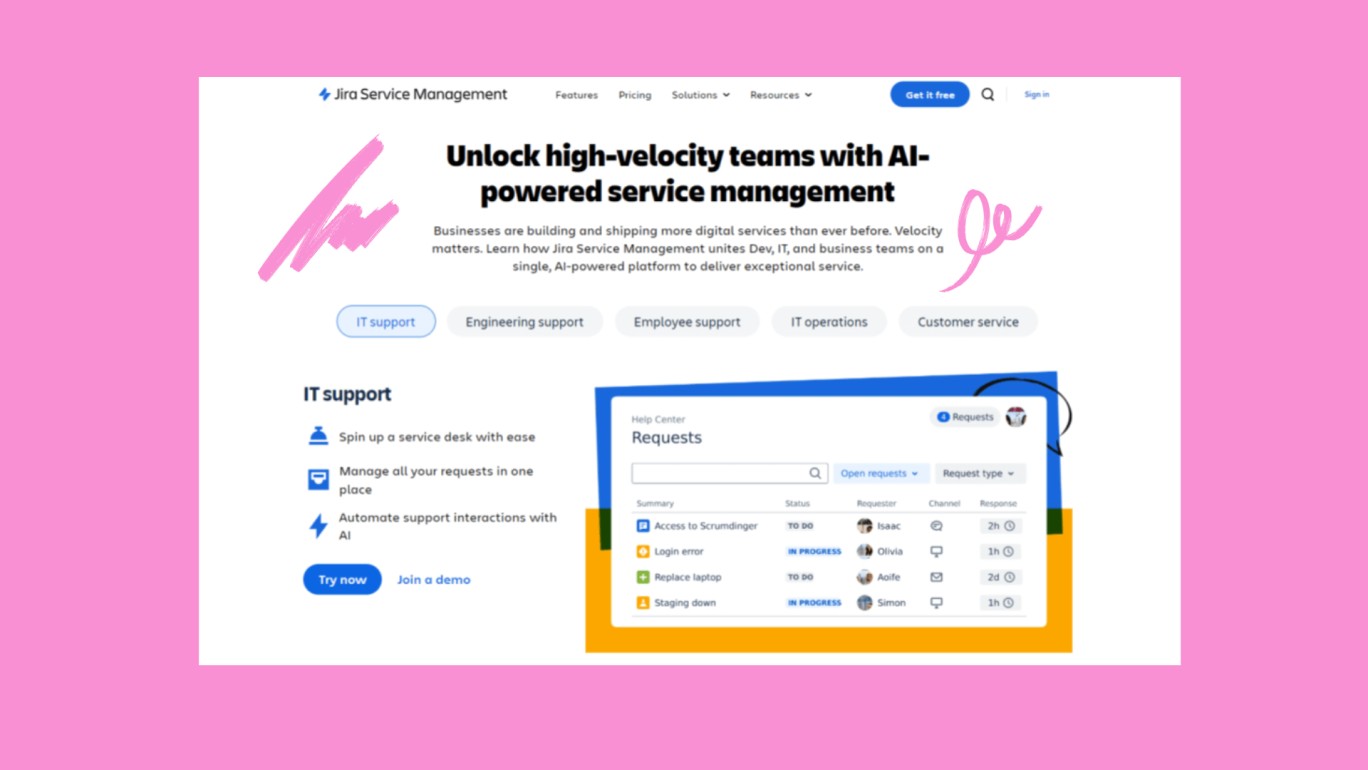
Key features of ideal ticketing systems
- Request management. Easily manage and prioritize new requests from multiple channels like email, customer support platforms, etc.
- Incident management. Quickly respond to customers and resolve incidents with minimal downtime and impact on your business.
- Change management. Implement changes with confidence and make sure you can track, approve, and audit every change request.
- Automation rules. Automate repetitive issues, such as assigning tickets to the right teams, setting priorities, or notifying relevant stakeholders.
- Self-service portal. Provide customers with a self-service portal where they can submit new tickets, track status, and get access to knowledge base articles.
- SLA tracking. Monitor service level agreements to make sure tickets are resolved within the declared timeframes.
- Integration with other tools. Seamlessly integrate with other tools, such as Confluence for knowledge management, or third-party platforms like Zendesk and Slack.
What is a Jira ticket?
A Jira ticket, or a Jira issue, represents a single task, bug, or request in a project. Each ticket includes critical information such as: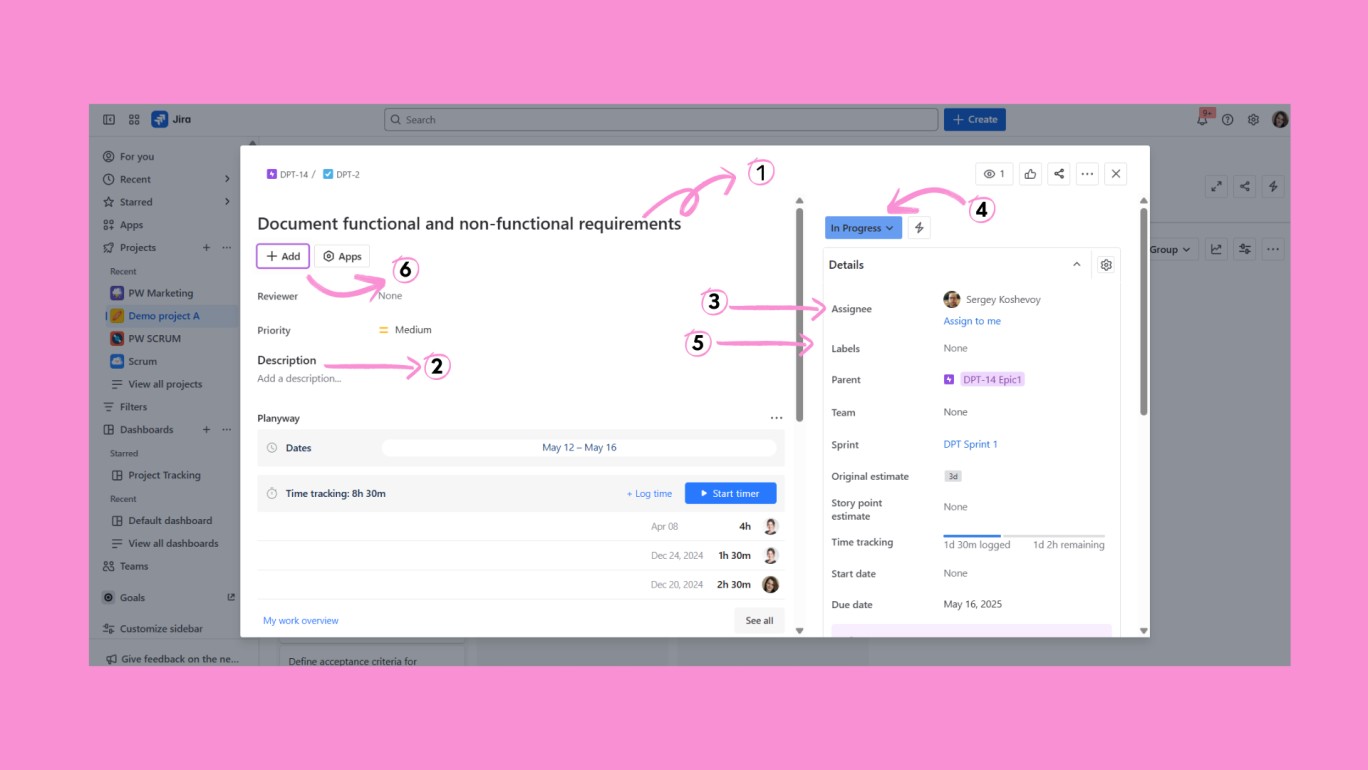
- Title representing a brief summary of the issue.
- Description with detailed information about the task like objectives, requirements, and any other relevant context.
- Assignee responsible for handling the ticket.
- Status of the ticket (e.g., To Do, In Progress, Done).
- Labels to categorize and filter tickets.
- Attachments related to the issue.
- Comment section to discuss and provide updates.
Life cycle of a Jira ticket
The life cycle of a Jira ticket usually follows progress stages from creation to resolution:
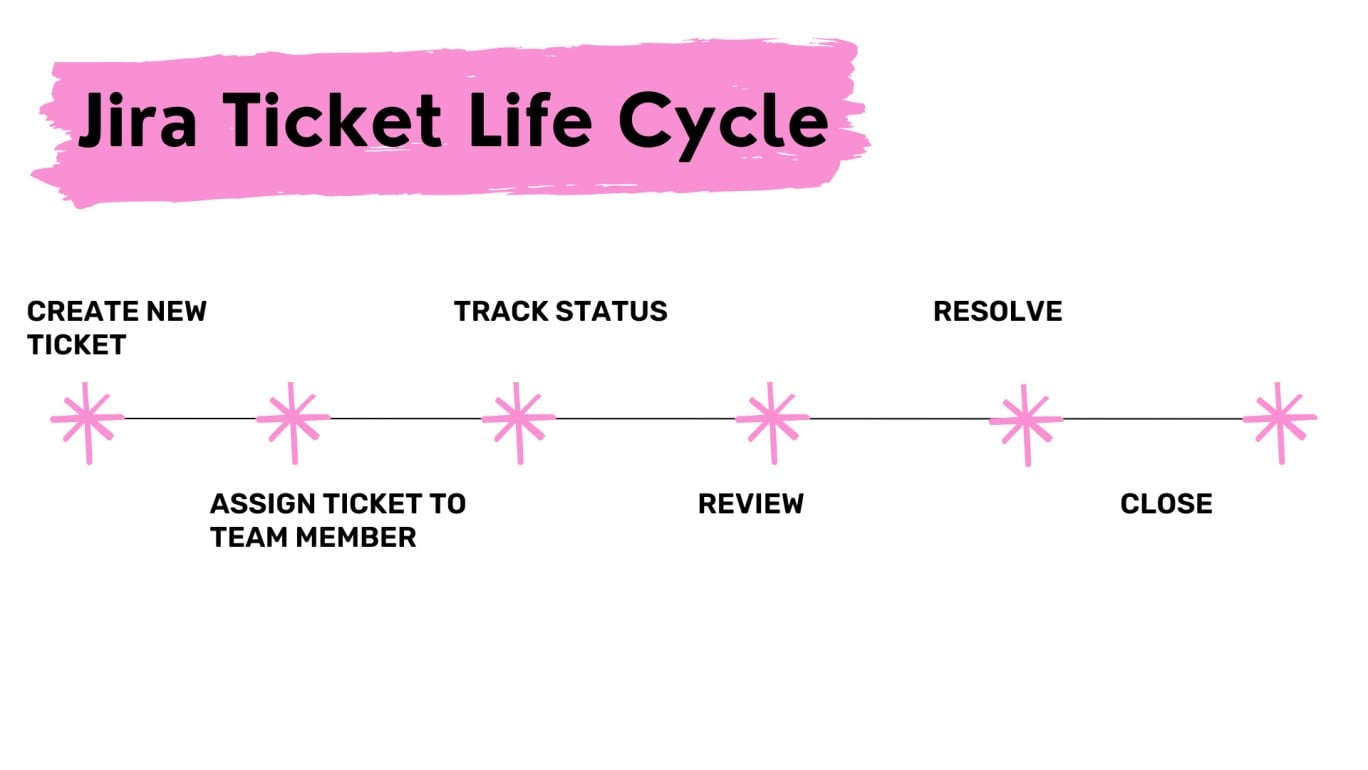
- Creation of a new ticket.
- Assignment to a responsible team member.
- Tracking its current state.
- Review stage for quality checks or approval.
- Resolution.
- Closure.
How to set up a Jira ticketing system?
Creating an issue tracking system with Jira is all about leveraging the right features to customize and automate your workflows. Here’s how you can set up your Jira ticketing system:
Define workflow. List stages a ticket will go through, from creation to resolution.
Create custom fields. Add custom fields to your tickets to capture all necessary information, such as customer details, priority, or project requirements.
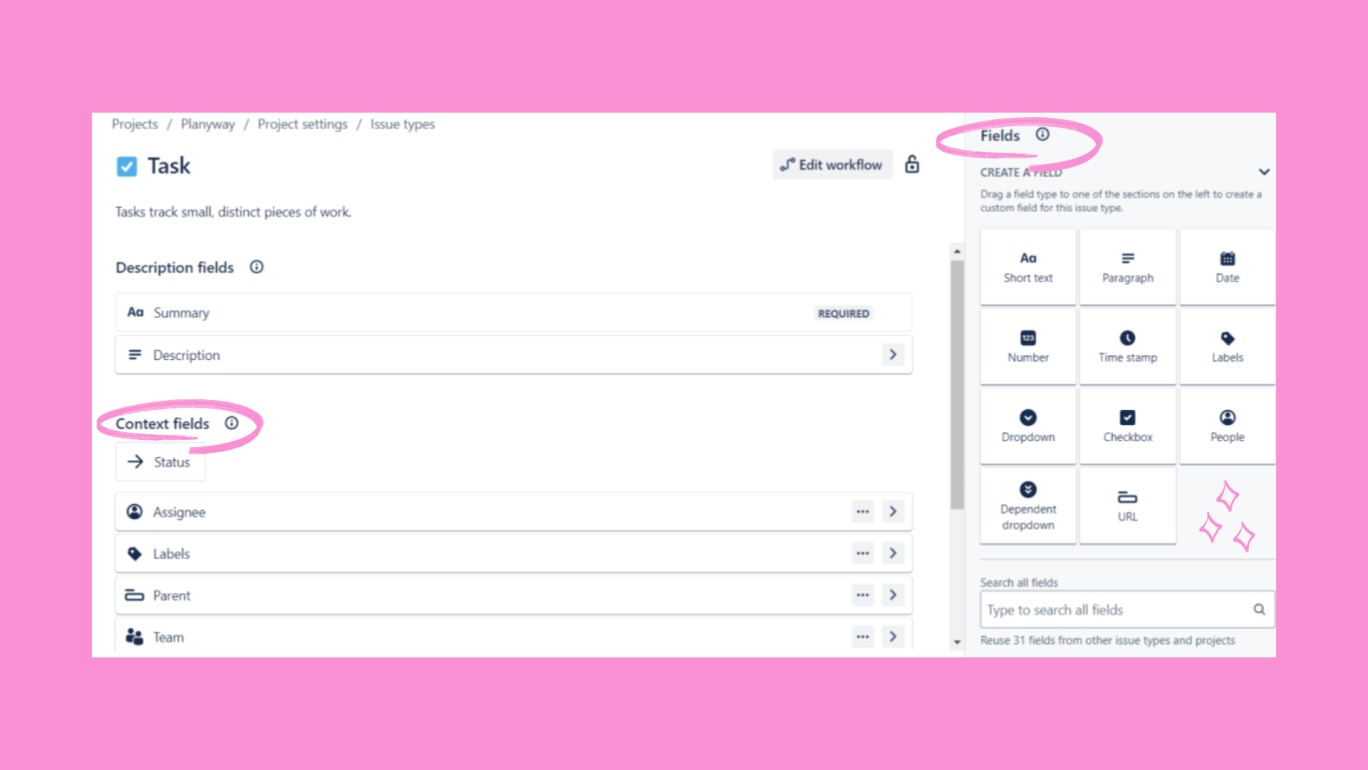
Set up automation. Set up repetitive tasks with Jira automation, such as assigning tickets to the right team people or notifying relevant stakeholders when the ticket status changes.
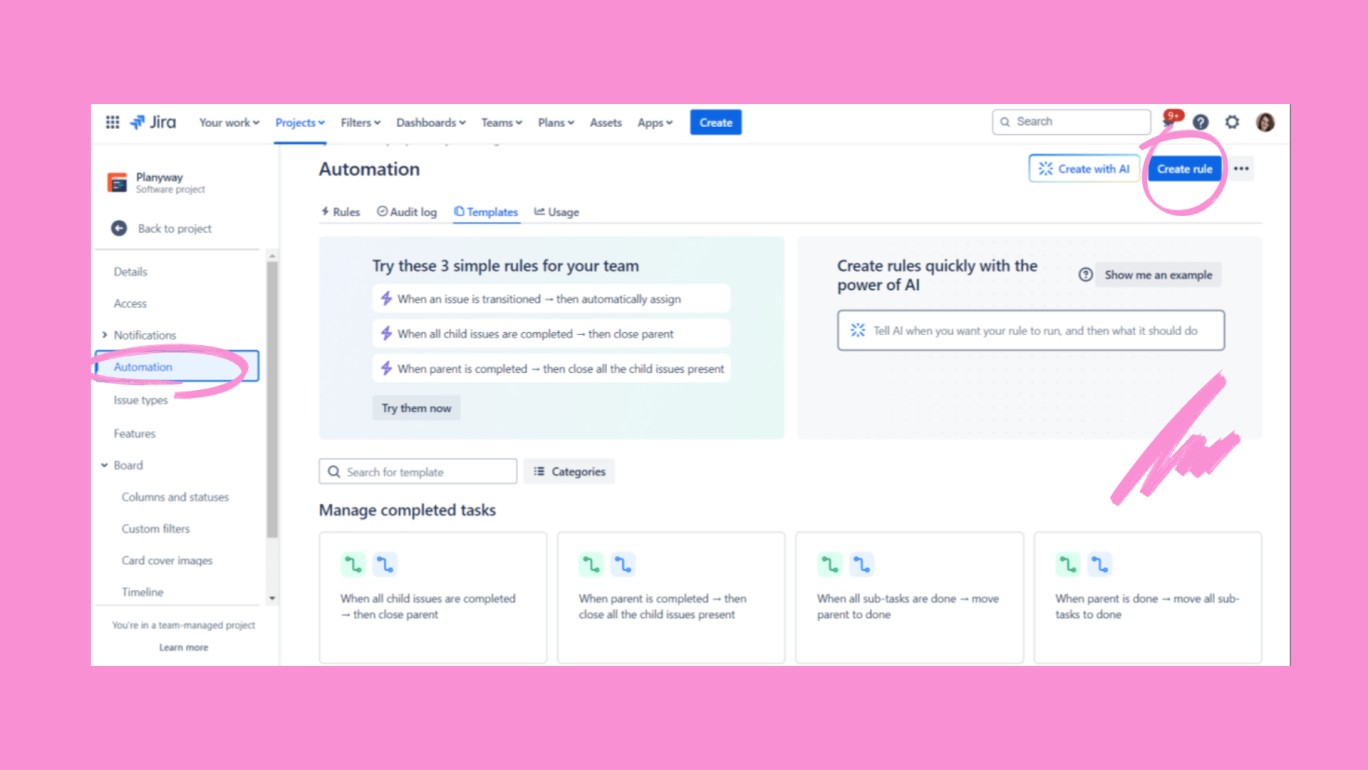
Visualize team work with Planyway for Jira. Planyway is one of the most powerful ticket management tools to visualize Jira's ticketing system on the timeline view to distribute tickets among team members and track their status.
Integrate with other tools. Connect Jira with other tools like Confluence for documentation, Bitbucket for version control, or Slack for team communication.
Integrate Jira Service Management with other support systems. Intercom, Zendesk, Freshdesk, or ServiceNow can be integrated with Jira to synchronize tickets and share customer data.
Configure permissions. Set up permissions to control who can view, edit, or comment on tickets to make sure sensitive information is well protected.
Use dashboards and reports. Create custom dashboards and reports to monitor ticket progress, identify bottlenecks, and measure team performance.
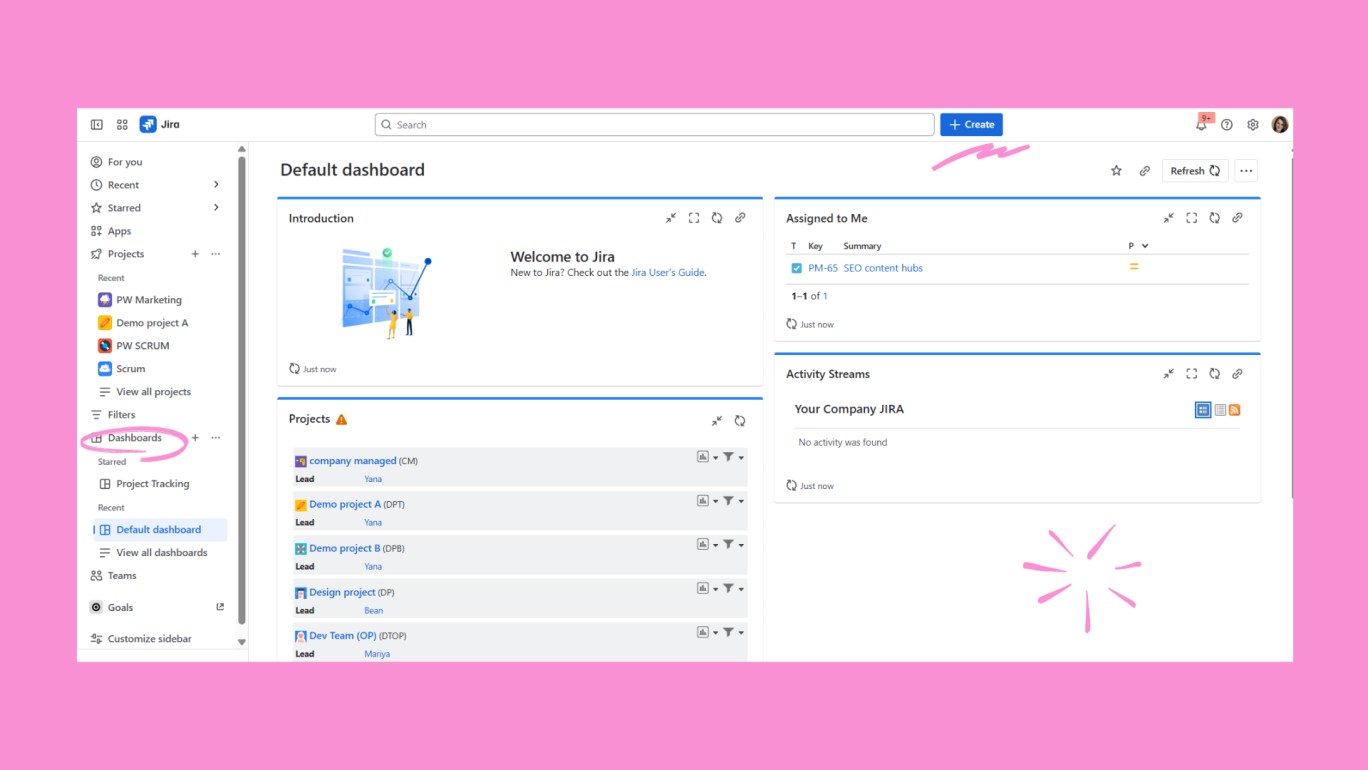
Benefits and challenges with Jira ticketing system
Benefits
- Customization. Jira can be easily tailored to fit the needs of any team or project.
- Agile support. Ideal for teams that use Agile methodologies like Scrum and Kanban.
- Integrations. Seamlessly integrates with many other tools and platforms.
- Automation. Reduces manual work thanks to powerful automation features.
- Scalability. Works equally well for teams of all sizes, from small startups to large enterprises.
Drawbacks
- Complexity. So many features available can be overwhelming for new users, leading to a steep learning curve.
- Cost. Jira can become expensive as your team grows, especially if you need advanced features or additional plugins.
- Customization time. While Jira has a huge potential for customization, it requires knowledge and time to do so.
Why do organizations need a desk ticketing system?
A desk ticketing system is the must-have to manage incoming requests, track progress, and make sure tasks are completed efficiently. Whether handling customer inquiries, IT support requests, or internal tasks, a ticketing system like Jira helps you have all issues logged, tracked, and resolved systematically. Having it set properly, you can improve communication among teammates, increase accountability, and get a more organized workflow.
Jira ticketing best practices
- Keep it simple. Start with a basic workflow and gradually make it more complex as your team becomes more comfortable with Jira.
- Regularly review tickets. Review regularly to see how tickets are progressing and make sure nothing is overlooked.
- Use labels wisely. Add labels to categorize tickets and make them easier to find and filter.
- Encourage collaboration. Use comments and mentions to foster communication within the team and stay on the same page.
- Automate where possible. Take advantage of Jira automations to reduce manual work and minimize errors.
Quick overview FAQ
What is a Jira ticketing system?
- It is a software used to track, manage, and resolve issues or requests. You can create "tickets" that represent specific tasks or problems that need attention.
How does Jira ticketing work?
- In Jira, a ticket is created for each issue or task, which is then assigned to the right team members. The ticket moves through different stages (e.g., To Do, In Progress, Done), and users can track its progress, communicate with stakeholders, and resolve tickets on time.
What are the benefits of using a Jira ticketing system?
- Improved visibility, easy communication, better task tracking, and a centralized system for managing customer requests and internal issues. It also integrates with other tools to improve overall project management.
Can Jira be used for IT service management?
- Yes, Jira Service Management is specifically designed for IT service management and lets teams manage incidents, service requests, and changes efficiently. It also provides self-service portals for users to create tickets and track the status of their requests.
Is Jira ticketing system suitable for small teams?
- While Jira is powerful and scalable for large teams, it is also flexible enough to assist small teams. With the right setup and configuration, small teams can take advantage of its features without overwhelming complexity.
How can I customize Jira ticket types?
- With Jira you can customize ticket types by configuring workflows, issue types, and fields to make sure the system aligns with your specific processes and team requirements.
How can I integrate Jira with other tools?
- Jira integrates with many popular tools like Confluence, Slack, Trello, GitHub, and more. You can set up integrations through Atlassian Marketplace.
What is the difference between Jira and other ticketing systems?
- Unlike traditional ticketing systems, Jira offers advanced project management capabilities, such as customizable workflows, agile boards, and issue tracking. It is particularly helpful for development and IT teams thanks to its flexibility and scalability.
How can I improve Jira ticket resolution times?
- To improve resolution times, check that your workflows are efficient, assign clear responsibilities, use automation to prioritize urgent issues, and track metrics regularly to identify areas for improvement.
How secure is Jira for handling sensitive data?
- Jira follows industry-standard security protocols, including encryption, multi-factor authentication, and data redundancy. For extra security, Jira provides configurable permissions to restrict access based on user roles.
Conclusion
Jira ticketing system is a powerful tool to transform the way your team manages customer requests. With Jira you can track issues on Jira board from start to finish and make sure nothing slips through the cracks. Whether you're managing IT support requests, customer inquiries, or internal projects, Jira Service Management stands out as the ideal solution with robust features tailored specifically for efficient ticket management.
About the Author
Violetta Chernobuk is a recognized expert in project management, particularly in the use of tools like Jira. As a seasoned technical writer, she has deep expertise in Agile methodologies and software development processes. Her work focuses on helping teams optimize their workflows and improve collaboration, making her well-versed in tools like Jira, which are essential for managing complex projects.
